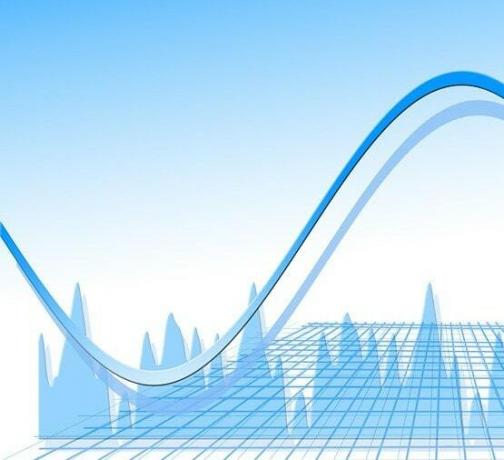The elastic demand It is a concept that is used in economics to evaluate what and how is the response of a good or product to a change in its price.
The concept is detailed by the economist Auguste Cournot of French origin, in the year 1850, the subject is described in more detail by Alfred Marshall in the year 1890 in the work principles of economy.
Advertisements
Both authors describe that the quantities demanded of a good while all the other factors do not present variation, will be determined according to the price of the same. Therefore, as there is a lower price for this product, your demand will be higher.
In this article you will find:
What is elastic demand?
Elastic demand is the inverse relationship that exists between the price and the quantity demanded of a good or product.
Advertisements
According to this, the demand can be elastic, inelastic, or normal
The curve that describes this graph can be inclined or more horizontal, the first case describes a inelastic demand with respect to the price of the item and the second case represents an elastic demand.
Advertisements
Elasticity varies along the curve, it is not represented by a linear function.

Advertisements
What is understood by elasticity and what does it allow?
Elasticity is the relationship that allows us to know how the price of an item influences the quantities of it that will be demanded, elasticity allows us classify productsFor example, if the demand is very sensitive to the variation of prices, it is said to be elastic, in this case its graph has a curve with little slope.
This relationship is applicable for all types of articles so it can be used in studies where It is required to know the behavior in their demand when there is a variation in their price.
Advertisements
Some products, such as oil and cigarettes, exhibit inelastic demand in the long term, which is why additional taxes are applied. Over time, people get used to the new price and continue to consume it.
If the demand for a given good is elastic, a fall in its prices can generate profits by increasing its sales in a higher proportion than its price change.
How is the elasticity of demand calculated?
This relationship is calculated through the following formula. Where Ed represents elasticity.
Ed = Percentage change in quantity demanded / Percentage change in price
Demand is inelastic when the coefficient is less than unity, since, although there is variation in the price demand will not be significantly affected, which occurs in basic necessities.
We observe this case, when there is competition in the market and upward price variations will modify the consumption of the product in question.
When the coefficient is greater than one, the demand is elastic, in this case when there are changes in the price of the product, the quantities demanded of it will be modified.
Factors affecting demand
The elasticity of demand will determine that some products are more sensitive than others to price changes. There are a series of factors that affect this relationship, these are:
- Product need.
- Presence of substitute or alternative items.
- Weather.
Regarding the need for the product, the case of any drug that has essential character for health, where the price of the same will not affect so markedly the demand of the same. In this case its demand tends to be inelastic.
In luxury items, a very different response in demand is observed, since when their price changes, it will be observed increase or decrease in the quantities that are demanded, these products can stop being consumed, in this case their demand is more elastic.
Another factor that influences demand is the presence of products that can substitute for the item in question and that allow to replace consumption. If there are substitutes, the demand will be elastic.
A traditional example is the case of butter and margarine, where the substitute good, margarine in this case, acquires importance when If there is an increase in the price of butter, then it happens that when the price of butter increases, more quantities of butter will be demanded. margarine.
The opposite case occurs when there is no product to replace the demand, then it is noted that it is maintained by what is considered inelastic.
The time factor will affect the demand, in this case in the long term it tends to increase the elasticityAs consumers will be able to adjust their behavior to adapt to the products to be substituted. With the passage of time, the consumer can adapt to the new price and again consume the usual levels of the item, thereby manifesting inelastic demand.

